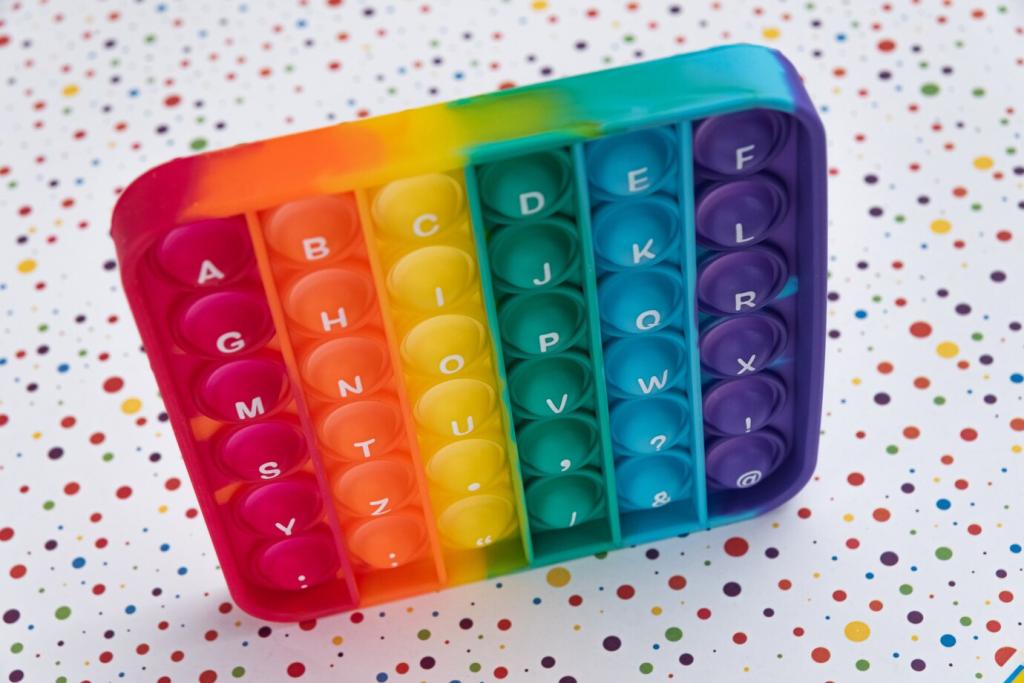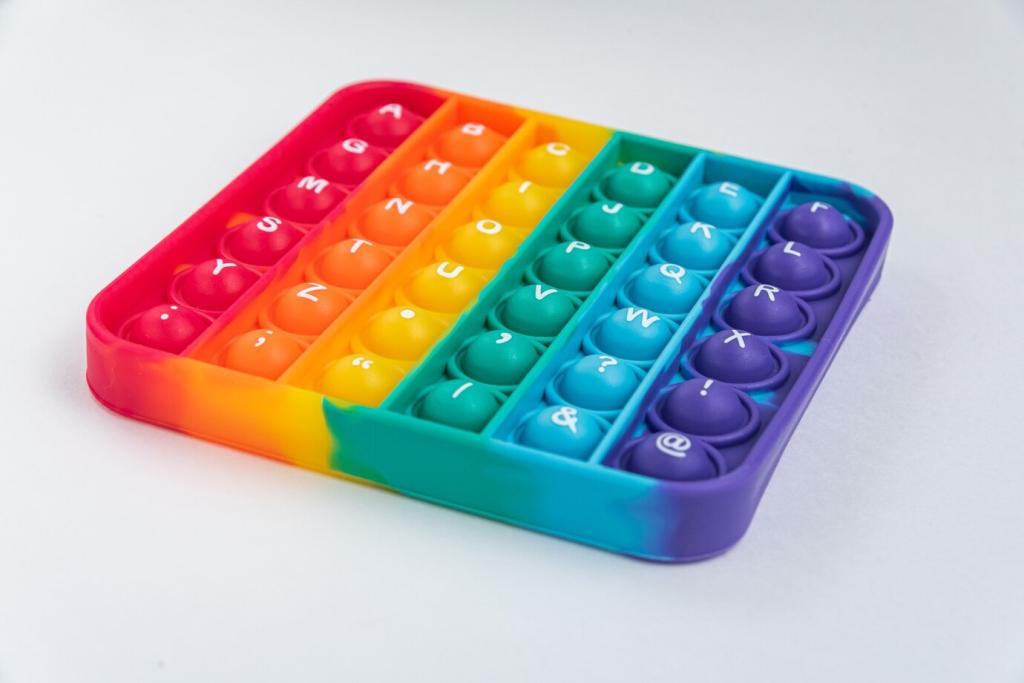Start Smart: Choosing the Right Robotics Kit
Match the kit to the learner’s readiness and appetite for exploration. Younger makers thrive with color-coded blocks and visual programming, while tinkerers hungry for depth may prefer Arduino or microcontroller kits that invite soldering, sensor tuning, and custom code. Comment with your learner profile for personalized suggestions.
Start Smart: Choosing the Right Robotics Kit
Kits that include diverse sensors and sturdy motors offer rich, open-ended challenges. Embrace constraints—limited ports, battery life, or wheel traction—to spark inventive strategies. Want ideas? Try a maze-solver with only one distance sensor, then share your clever heuristics in the discussion thread.
Start Smart: Choosing the Right Robotics Kit
Creative risk-taking requires dependable gear and a supportive tribe. Choose kits with robust parts, clear documentation, and active forums. When mishaps happen, help arrives faster and learning deepens. Post your favorite resources or local clubs, and let’s grow a welcoming network together.
Start Smart: Choosing the Right Robotics Kit
Lorem ipsum dolor sit amet, consectetur adipiscing elit. Ut elit tellus, luctus nec ullamcorper mattis, pulvinar dapibus leo.







